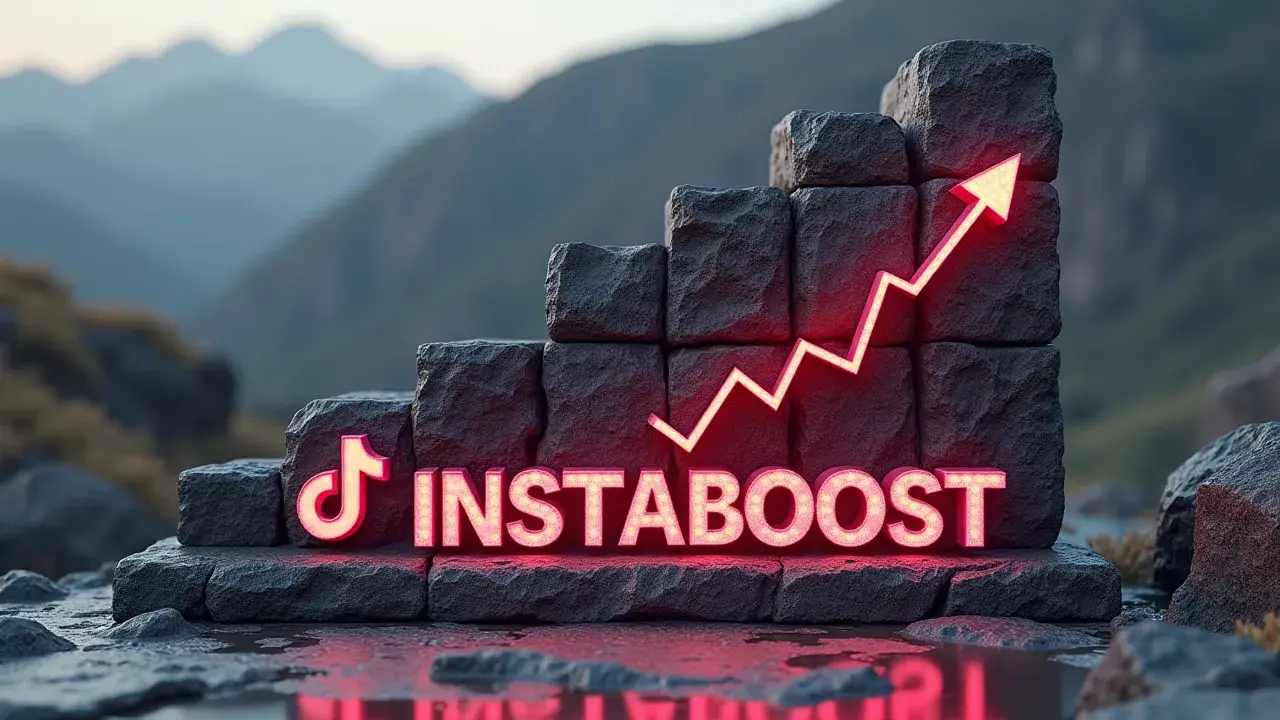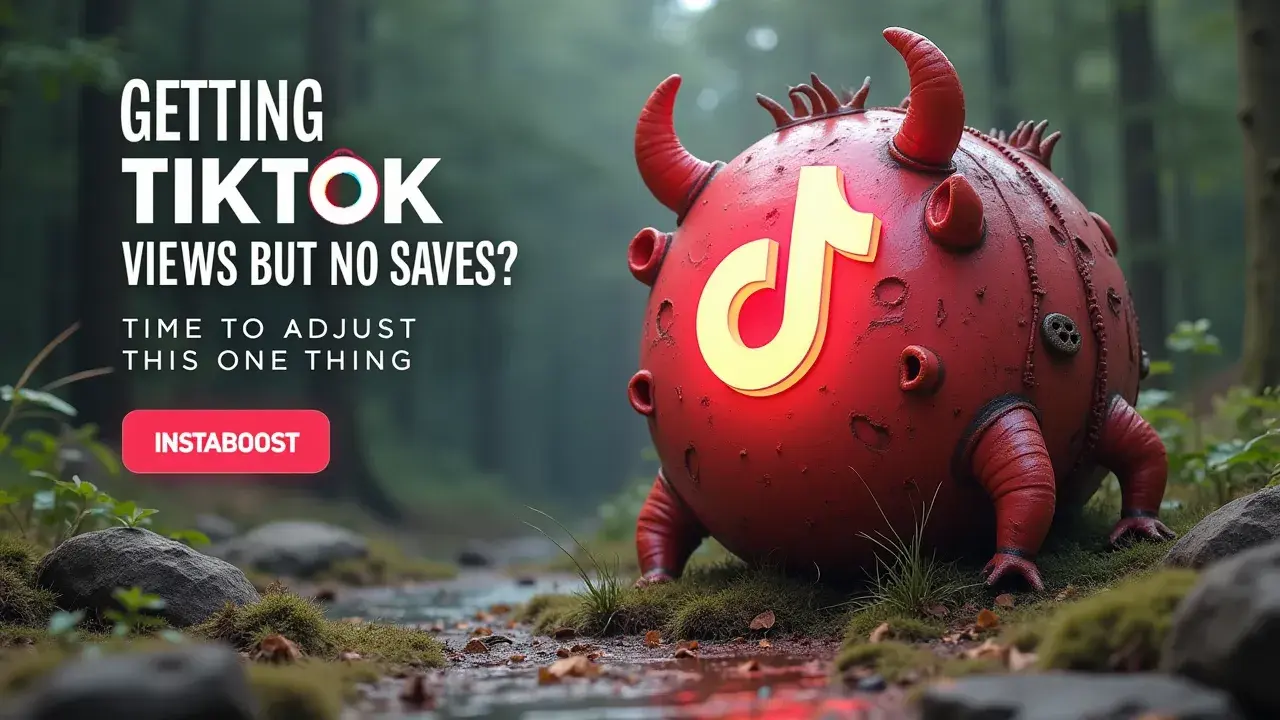Why Your Views Don’t Convert Into Saves
Getting TikTok views but not saves usually means your videos spark curiosity but don’t give people a reason to come back. That gap is about intent density – how much usable value you deliver per second. Saves aren’t fluff; they tell the system your video is worth revisiting, which compounds reach over time. If you’re chasing hooks, watch time, and trending sounds without building return utility, you’ll keep getting polite views instead of lasting traction. The fix starts with the spine of the video: open with a clear, specific promise, deliver on it by the end, and include at least one element people will want to reference later.
Think of saves as “study later.” Tutorials, frameworks, checklists, and before/after breakdowns work because they package something reusable. Entertainment can earn saves too when there’s a repeatable payoff, like a recipe, a camera setting list, a three-move workout, or a caption template. The “algorithm change” most people talk about is really a stronger push toward post-utility signals.
So if you’re stuck in “high views, low saves,” don’t change your niche; rebuild the payload. Make the promise explicit in the first three seconds, shape the middle with scannable steps or a named framework, and end with a clean summary that makes it easy to file mentally. That structure turns a moment into a reference. It’s not about posting more; it’s about giving every view a reason to live in someone’s saved folder. The search-savvy creators already do this: they answer one high-intent question cleanly – like “how to batch a week of content in 60 minutes” – and the saves follow and improve your TikTok impact.

Why Sequence Beats Scale for Credibility
The secret isn’t scale; it’s sequence. When someone says, “I’m getting TikTok views but no saves,” they’re usually off on the order of information that builds trust. Saves are a credibility signal: a viewer decides your clip is laid out well enough to revisit. That call isn’t about how much you know; it’s about how you reveal it. Lead with the takeaway, then show the proof, then give the action. That order lowers doubt.
Most videos flip it – they open with a tease, wander through backstory, and tuck the useful bit at the end – which looks like engagement but feels like stalling. The algorithm doesn’t care what you meant; it tracks what people do next: replays, shares, saves. When those stack, it reads lasting intent, not passing curiosity. Think of it like a study guide: a good one starts with the answer key and backs it up with examples; a bad one is a lecture transcript. If you want more saves, don’t add more tips; rearrange the ones you have so each line resolves a question the viewer had two seconds earlier. That also avoids the bait‑and‑switch that kills retention and search performance – especially on queries like “how to increase save rate on TikTok,” where people conflate saves, follows, and even tools that expand tiktok followers without addressing the order of proof. Set the promise, deliver the core, then break the rest into clean steps. It’s simple, and it signals expertise without saying “trust me.” The viewer feels you respect their time, and that’s what they’ll save and revisit.
Design a Repeatable Hook-to-Keeper Sequence
Behind most breakthroughs is a boring habit: a repeatable sequence that turns views into saves. The habit is a fixed flow you can run without thinking. Open every TikTok with a clear “keeper promise” in the first five seconds – name the exact outcome someone will want to screenshot later: “3 prompts to triple your reply rate,” “the 4-step acne routine I’d redo at 30.” Then move through a simple micro-outline: 1) the result in plain language, 2) the inputs or constraints, 3) the steps with time or quantity, 4) one avoidable mistake, 5) a short recap people can pause on. This order increases value per second and gives the brain a map.
When people save, they’re not just saving the idea; they’re saving the layout. Make it your template and avoid improvising. Keep on-screen labels consistent (Step 1/4), keep the same camera framing, and reuse the same recap card at the end. Patterns build trust because they lower cognitive load. If you’re getting views but not saves, the topic likely isn’t the problem; the sequence is drifting.
Measure it: look at “pause points” by checking retention spikes and see if they line up with your recap or step transitions. If spikes only show at the hook, your outline is muddy. If they repeat at the steps, your keeper sequence is working. Edit for scannability: numbers, verbs, and constraints beat adjectives. For search, mirror the phrases your audience types: “cold email template,” “beginner gym routine,” “Notion habit tracker,” and remember that while the algorithm favors watch time, saves bring resurfacing, so your sequence earns both to quietly gain attention on tiktok without changing your topic at all.
Quit Blaming the Algorithm – Fix Your Order of Operations
Apparently, the secret to growth is weeping into a Google Sheet. Here’s the real pushback: if your TikToks get views but no saves, it’s not discovery – it’s sequencing. People save when, in the first five seconds, they can tell the clip will resolve into something worth pausing on later. That isn’t charisma or a trending sound. It’s a clear structure they can trust. Start with a keeper promise (“the 2-line opener that got me 7 booked calls,” “the 5-minute edit checklist I run before posting”), then build the rest like a straightforward staircase: top step (the result in plain English), railing (constraints like time, budget, tools), risers (numbered steps with concrete quantities), a caution sign (one avoidable mistake), and a landing (a quick recap card).
The idea is simple: sequence beats scale when it comes to credibility. Scale can spray views; only sequence turns them into saves, and the platform’s quiet nudges around views for tiktok videos won’t compensate for a muddled reveal. If you keep swapping topics, hooks, and formats every post, you’re guaranteeing inconsistency in the one thing the save metric measures – clarity of reveal. Treat saves as proof that your outline holds under pressure. Track it like a CRO test, not a vibe: keep the same outline for 10 posts and rotate only the subject. When the save rate lifts, then tweak pacing, captions, and B-roll. Views without saves aren’t a verdict on your expertise; they’re a hint that your information is arriving out of order. Fix the order, and the platform’s quiet SEO starts to help: higher retention, more suggested placement, and yes – more saves that compound over time, if you let them.
Make “Keeper Math” Your Default
This wasn’t a conclusion; it was a wake-up call. If TikTok views are coming in but saves aren’t, retrain the reflex: judge by keeper density, not watch time. Keeper density is simple: how many screenshot-worthy specifics per 15 seconds. If a clip doesn’t deliver at least one concrete, pauseable unit every beat – a numbered step, a constraint, a template, a before/after – it’s entertainment, not a reference. Do a weekly audit: five posts, five minutes, one question – where does the keeper promise show up, and does the recap card turn into something you’d want in your camera roll and be able to search later. That’s what turns passive views into library items.
Treat the order of operations like a contract: promise, inputs, steps with counts, mistake, card. Break it when it makes sense, but not by drift. Write your next three scripts starting with the recap; design the end slide like it needs to stand on its own. That forces clarity upstream and raises saves without changing topics.
Then iterate in small, boring ways: one variable per week – tighter outcomes, fewer steps, more numbers – and track saves per 1,000 views as the main metric, because the change is the sequence that makes a clip a keeper, not a moment and shares that increase TikTok reach that briefly spike exposure. The algorithm isn’t holding out; it’s waiting for proof that strangers will want this later. Deliver that proof consistently, and views turn into intent that stacks instead of traffic that passes by.
The Only Lever That Moves Saves
If you’re getting TikTok views but no saves, stop chasing reach and start building recall. Saves usually trail views because they depend on sequencing: the order you introduce specifics, stakes, and payoff. Treat the first five seconds like a promise you plan to keep. Say the thing someone will want to screenshot later, then go straight toward it. That might mean putting the checklist title up front (“3 camera settings for moody indoor shots”), showing the end result immediately (finished recipe, before/after, code snippet), or pinning a small roadmap on screen (“1. Hook, 2. Settings, 3. Template link”). This isn’t about talking faster; it’s about making the “keeper” obvious early so the brain flags the clip as something to reference. Use “keeper density” as your guide: one capture-worthy detail every 5 – 7 seconds – names, numbers, templates, exact phrases people will want word-for-word; if you need a mental model, imagine how you’d annotate a fast delivery TikTok combo of specifics that stack cleanly. Cut anything that doesn’t move toward that archive-worthy moment.
Then tighten the call to action. Don’t beg for engagement; point to the use case (“Save for your next client shoot,” “Screenshot this when you batch content,” “Bookmark the exact prompt”). Track save-through rate like you track watch time; it’s what predicts repeat exposure and search discovery. When the sequencing is right, the algorithm’s polite interest turns into intent because your video fits how people use TikTok as a library. Views are applause; saves are the encore request. Design for the encore…















